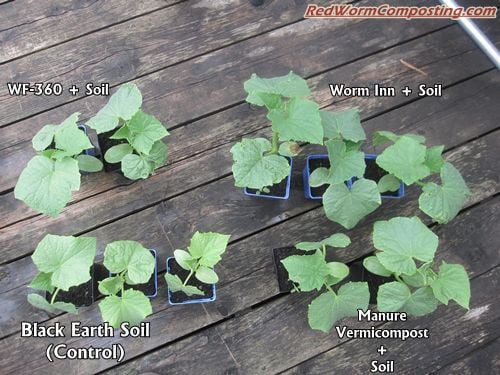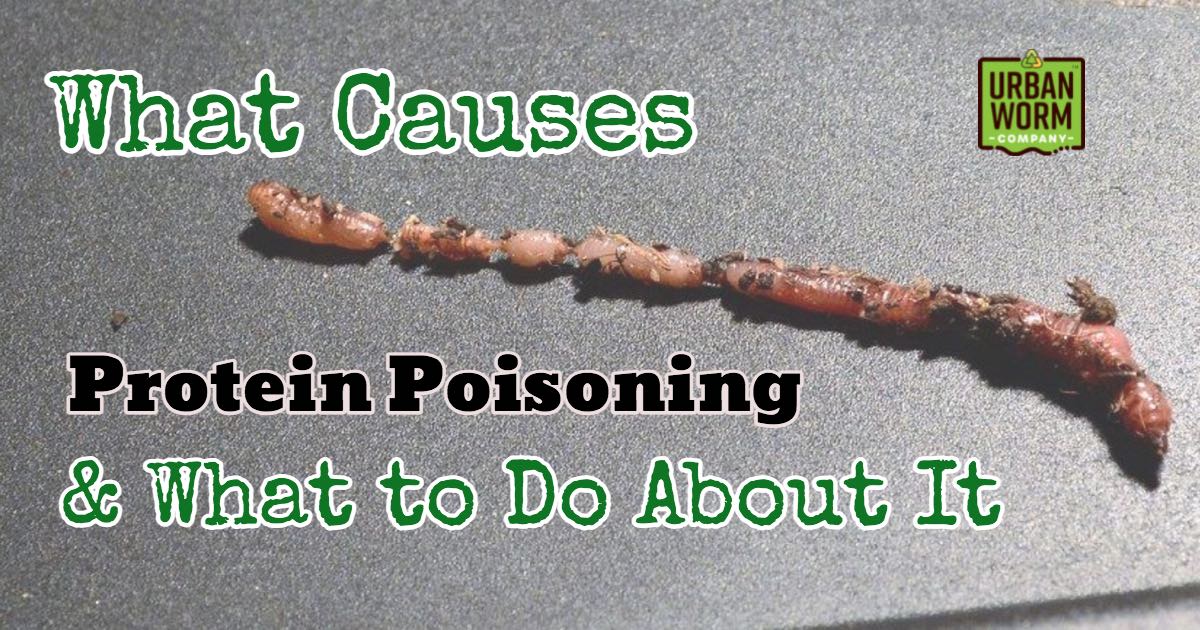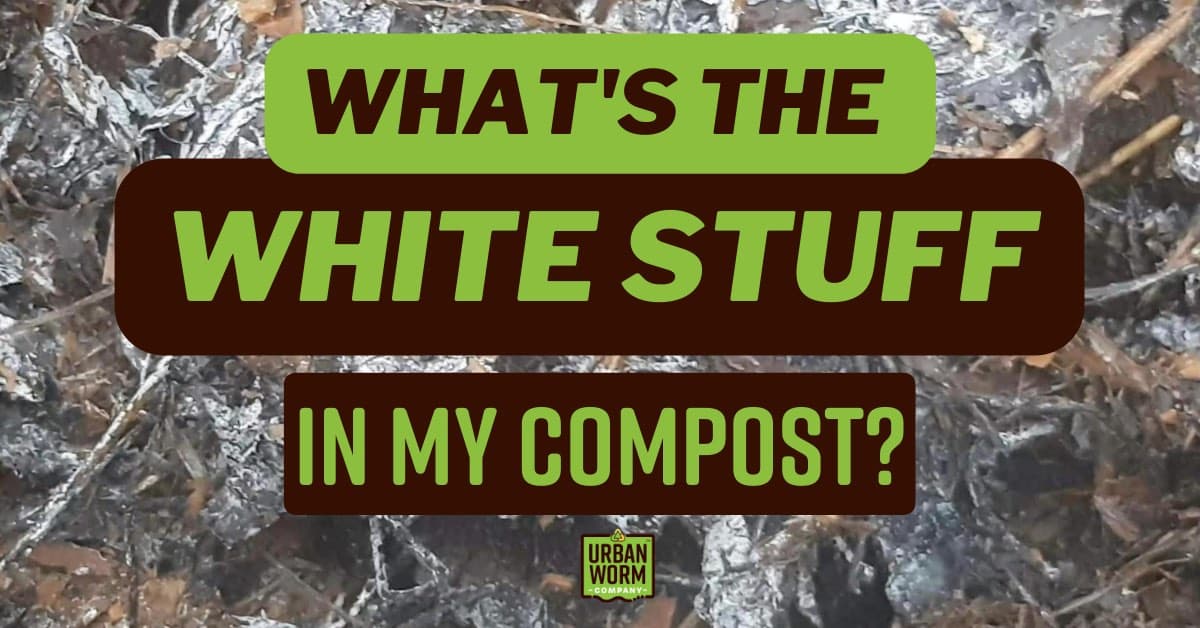You know, I just want things to be easy.
My binary mind hates “well it depends”-type answers.
I have simple questions! Just give me simple answers!
These simple questions around vermicomposting may include the following: How many worms should I get? What temperature or humidity should I try to maintain? What should I feed them? What’s the best bedding for me?
I think having a nice clean set of clear guidelines is great for novice vermicomposters because the number of variables can really paralyze a newbie. A new vermicomposter armed with simple and imperfect rules of thumb is still vermicomposting and will get better at it in the future. But a would-be worm composter who might be motivated to start vermicomposting might get intimidated by ambiguous guidance may just decide to close that browser window and go back to watching cat videos and possibly not consider it ever again.
I want to prevent this.
So when I pondered the question of how much vermicompost or worm castings should be applied to your gardens, flower boxes, or pots, I reaaaallllly wanted to find a magic number, something clean like 10% by volume, 2 cups per tomato plant, or something like that.
No dice. Alas, the answer includes more “depends” than a shuffleboard tournament in South Florida.
Factors That Affect Vermicompost Application
The real eye-opener was reading Chapter 9 in Vermiculture Technology: Earthworms, Organic Wastes, and Environmental Management. Edited and updated by Dr. Clive Edwards, Norman Arancon, and Rhonda Sherman.
Vermiculture Technology is a compilation of presentations given at a symposium organized by Edwards and the late Mary Appelhof in 2000.
In about 20 minutes, I morphed from a “worms eat food, worms make poop, plants love worm poop” level of understanding into a realization that not only are there several variables like the plant, the soil, the vermicompost itself, those variables have sub-variables which will profoundly impact how much vermicompost is needed to improve the yield of your desired crop.
The Vermicompost
While all vermicomposts are generally good, some are better than others. But how do you measure “better”? The first and most common metric is in the form of nutrients to include nitrogen, phosphorus, potassium, calcium, carbon, and magnesium. And it should be no surprise to you that the driving factor of nutrient levels revolves around what you end up feeding the worms. More on that in a second.
Other measurements include the levels of bacteria, fungi, and hormones that are ingredients in the microbial soup of vermicompost, which really explains its uniquely wondrous effects on your plants.
To amend a familiar phrase, vermicomposting is garbage in, really good garbage out. In other words, the quality of the worm poop is dependent upon what those worms have been eating.
Simple, right?
Again, keeping in mind that mediocre vermicompost is pretty awesome, Drs Edwards and Arancon suggest animal manure, specifically a mixture of cattle and horse manure show higher nutrient content due to increased mineralization of the organic matter, along with more robust microbial activity and humification.
The Plants
Of course, how much vermicompost or worm castings you apply to your plants depends upon the plants itself, specifically the species and its stage of growth. Vermiculture Technology doesn’t suggest guidelines to the gardener, but it provides ample evidence that what works best for a mature tomato plant may not be what’s best for a marigold seedling.
Some findings they cited in greenhouse studies:
- The best growth of tomato, lettuce, and pepper plants occurred at 10%, 8%, and 6% vermicompost substitution, respectively using a combination of duck waste vermicompost and peat.
- Yields of tomato plants were highest at rates of 20% vermicompost substitution.
- The best results for raspberry yield occurred at 20% substitution rates using pig manure vermicompost.
- Cloves and black pepper plants responded best at 50% substitution rates.
- Marigolds produced the most flower buds at substitution rates of 40-60%.
- While germination for radish seeds actually decreased with increasing vermicompost concentrations, yields were 10 times (!) higher in radish plants grown in 100% vermicompost compared to plants grown in 10% vermicompost.
The Soil
Greenhouses obviously offer much more control than field soil to anyone looking to test the benefits of vermicompost. If you can get a handle on variables like temperature, moisture, drainage, pH, pest/critter infestation, you can concentrate significantly on how vermicompost affects your plants.
For this reason, Vermiculture Technology is a little more circumspect in its suggestions as to how much vermicompost should be applied to field crops, and due to the per/ton price of vermicompost, whether it can economically be applied at all for some crops.
But it’s still clear that vermicompost application in a less standardized field soil environment, like your outdoor garden or raised bed, is still incredibly healthy for your soil!
Findings:
- A single application of vermicompost had positive residual effects 5 years later!
- Better effects under straw mulches than when compared to simple surface application.
- The highest yields appear to come with a 2.5/ton (10 ton/hectare) application.
- Vermicompost is not economical on field crops like cereals and is better used on more valuable plants like ornamentals, veggies, and fruit crops.
The Takeaways
So what does all of this mean to you? If you’re looking for hard, fast numbers, the answer is probably not much. But studies like the ones cited in Vermiculture Technology can give us some very basic guidelines and principles to follow when deciding how much vermicompost to apply to your garden, raised bed, or potted plants.
- Concentrations as low as 5% can significantly affect plants growth and yield.
- Very high concentrations can decrease germination, but tend to increase eventual plant growth.
- While plant growth can be increased at high substitution rates, yield may decrease. (Radish yields don’t appear to suffer from increased concentrations, though)
- Single applications can have long-lasting benefit to soils and growth media.
- If crop yields tend to be highest at 2.5 tons of vermicompost per acre, that amounts to a tenth of a pound per square foot or about 3.5 pounds for a standard 4×8 raised bed. This is a very rough guideline.
- Vermicompost from animal manures may provide the highest nutrient and microbial concentrations.
This is the biggest guideline: Don’t rely solely on guidelines!
Your results may will vary!
The only wrong way to use vermicompost or worm castings is to not use it at all! The image at the top of the post is from Bentley’s site at www.redwormcomposting.com and is the result of a little experiment using various vermicomposts from 3 different bins. It’s fairly clear that even his “worst” vermicompost (which he was careful not to attribute to the bin itself) was better than the control.
Do you have any rules of thumb you follow for vermicompost application? I’d love to hear your thoughts in the comment section below.





When applying the worm poop to seedlings, is it better to apply the poop directly into the hole for the plant, or spread it along the plant row?
How about if I use it on potted seedlings (yakal)? How many kg/g per seedlings.
How much vermicompost is recommended per acre of tea plantation
A minimum of 4 cubic meters per acre.